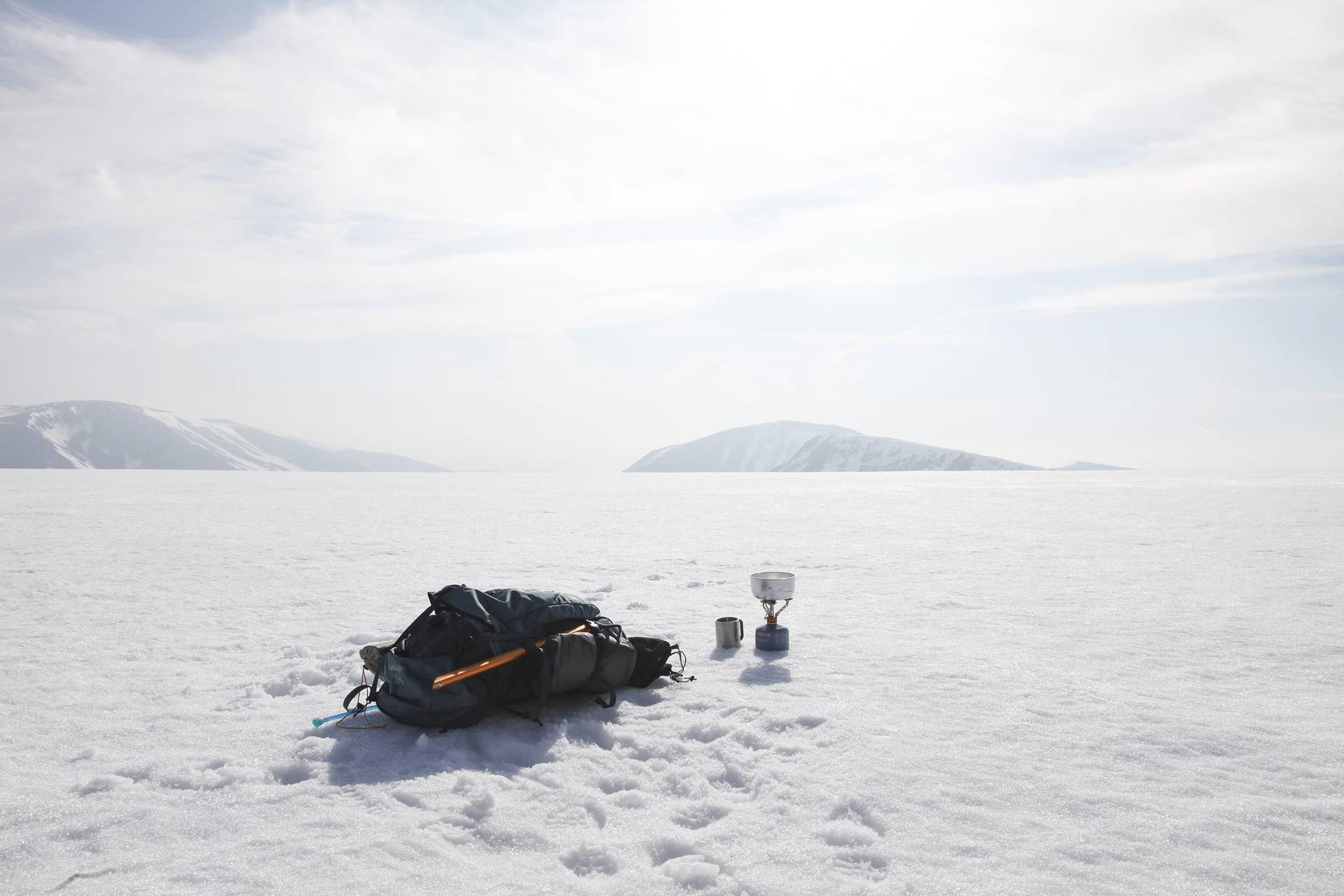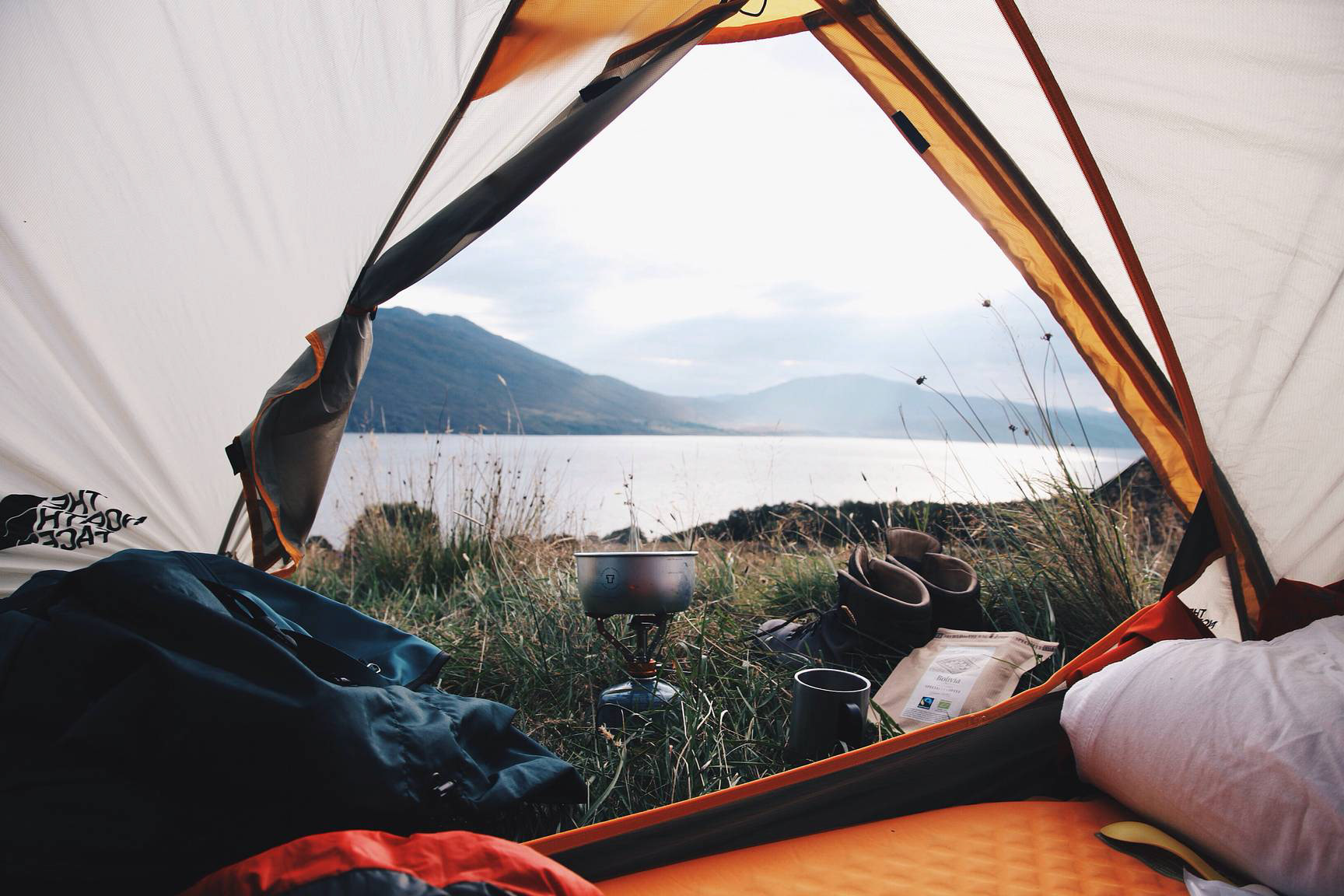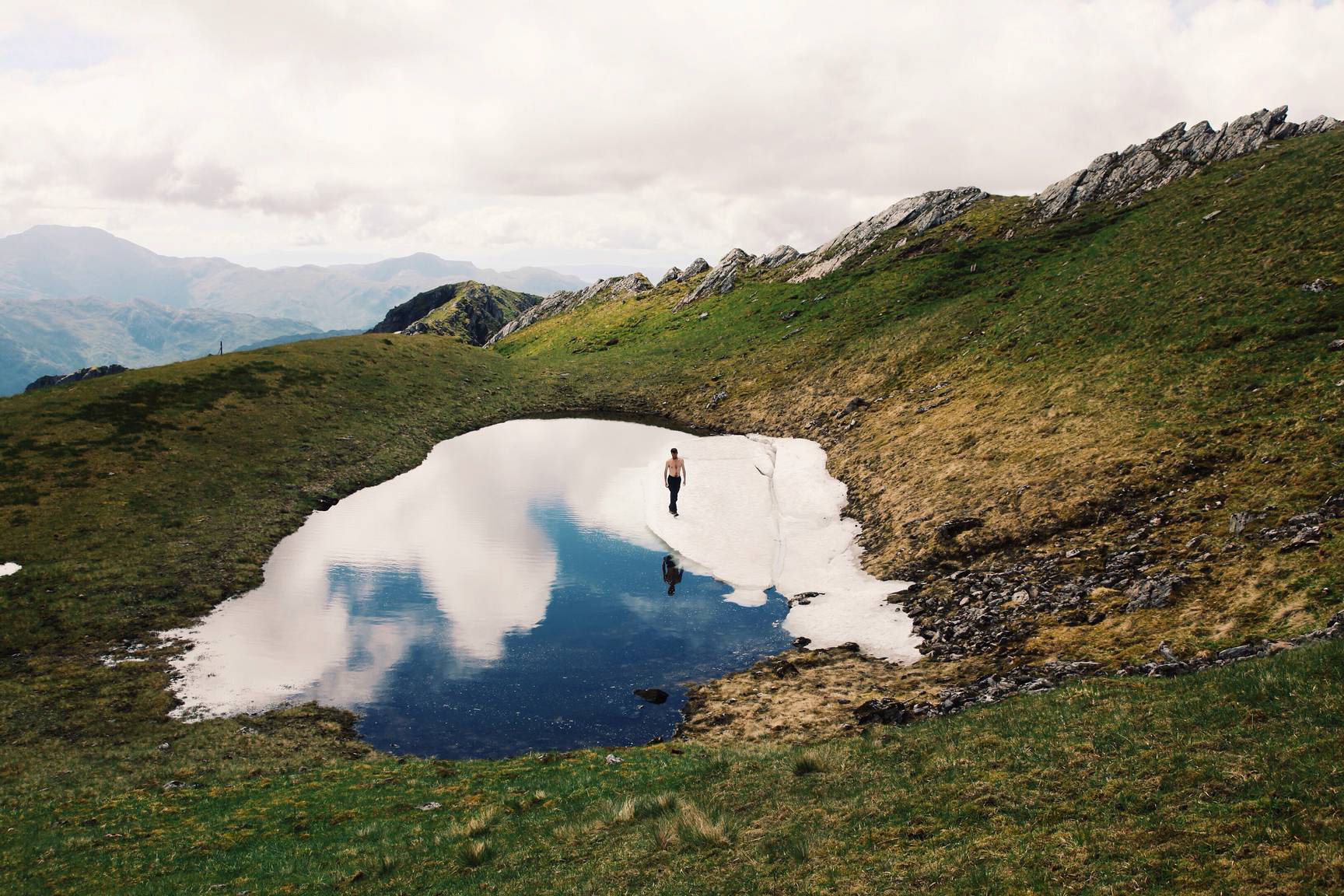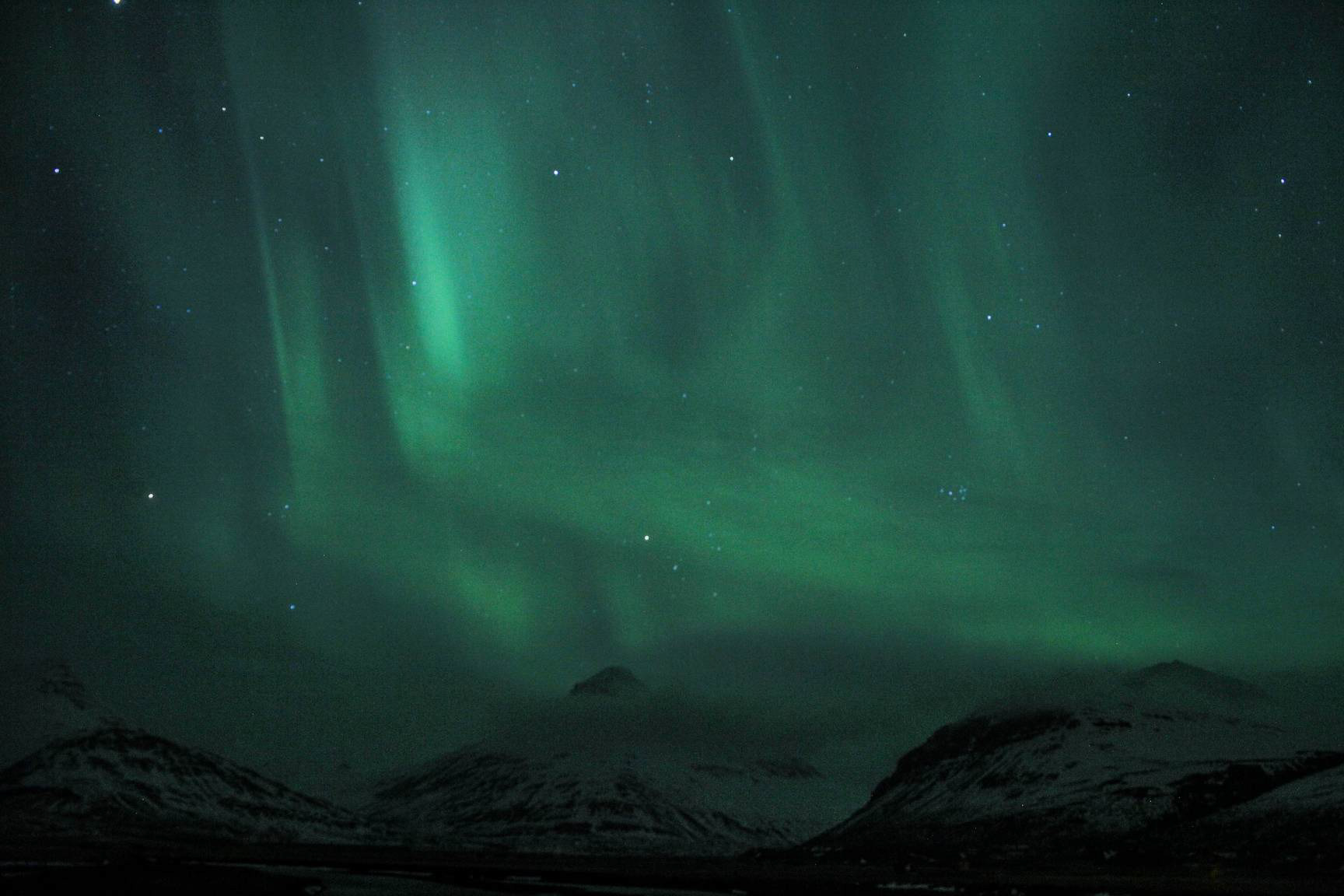I came across Richard Gaston’s work while looking through the web for photographers that shot images around the idea of escapism and isolation. I found this interview on Lomography and I will let it speak for itself.
Richard Gaston records nature the way he sees it—an escapist dream right here on earth.


“We cannot accept submissions from professional photographers,” says an email from a photo blog manager. It is a pleasant surprise to Richard Gaston, who considers his title “open to interpretation.” He thinks of photography as more than just a calling-card credential. It is a point of view. In great ways, the camera is a tool for exploring what is important. Gaston himself combs through natural landscapes for meaningful images. What he finds in white-capped mountains and forests the nine-to-five life cannot match. Enter Gaston’s energy for backpacking and trekking.


Gaston is based in Glasgow, Scotland. Photography is his escape from the concrete fence of the city. He chooses its antithesis: the snow sheath of the Scottish Highlands. The very appeal of winter is its force. The thick blanket of white adds drama. In photographs especially, it suggests extreme conditions. Gaston once faced such hazards. He shares, “I descended on the wrong face of the mountain in whiteout conditions which added several hours to my route in pitch darkness.”




In these trips, he has to haul a backpack that includes a heavy camera kit, a tent, cooking paraphernalia and change of clothes. The weight is a necessity, and is in great ways an added layer of risk. So he now takes more time researching the terrain. It is a two-in-one preparation that prevents hurdles and “guarantees some imagery.”


Gaston has a minimalist aesthetic. He hardly comes to the peak of a mountain guided by a fixed concept. He even admits that “the experience comes before the photograph.” The bare sight and chill of the expanse is his first priority. Photography is the final touch, the bonus that makes the experience ready to share. When he comes home with a solid set of pictures, that is when the concept emerges. His series Island, Highland and Whiteland present a pattern of solace and awe. Small figures—his friends in adventure—are on pause amid an empire of snow or a vast forest. It is what he calls “the feeling of insignificance,” of being a tiny part of a big, thoroughly impressive world.
“I’d like to think that my work has had an impact on an individual who works a nine-to-five office job and has been aiming to travel for a while and now realise how possible it is,” shares Gaston. “I have come to the conclusion that I am not inspired by cities but only by organic landscapes.”


Gaston has recently co-founded the photo collective Point Five Studios with adventure photographer David Cooper. This summer they will hold an opening exhibition to coincide with their website launch. He also plans to try the Soviet intelligence camera Zenit MF-1 as an alternative to the Diana Mini, which yields “interesting effects that are hard to achieve in digital photography.”
All photographs taken on this page are from Richard Gaston
Gaston’s work lets the viewer into big open landscapes which you could easily get lost in. The idea of isolation comes straight out of the photographs as the photographer is in a desolate location, usually with very little around and no signs of other humans nearby. In the interview above, Gastons speak about what the work means to him. He goes out to find peace and beauty in the landscape and the photographs that he takes is just the cherry on the top.
For me, the process which Gaston goes through to take his photographs is very similar to the way in which I take mine. I like going on journeys and adventures to find peace within the natural world. It is then through my camera that I can share my experiences with others. When trying to explain something as personal and complex such as inner peace and silence it is sometimes easier to leave your viewer with an image. Through this, they can then find silence within the work that I have made and possibly connect with the same feelings that I find myself when I am out in the landscape.
Going forward with my work I am going to take photographs that show the peace that I am having the in the landscapes I am in. This in contrast to the previous images I took that focused on only small parts of the locations I find myself in.